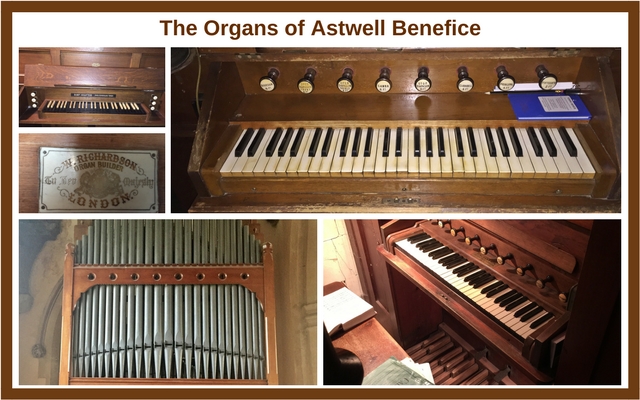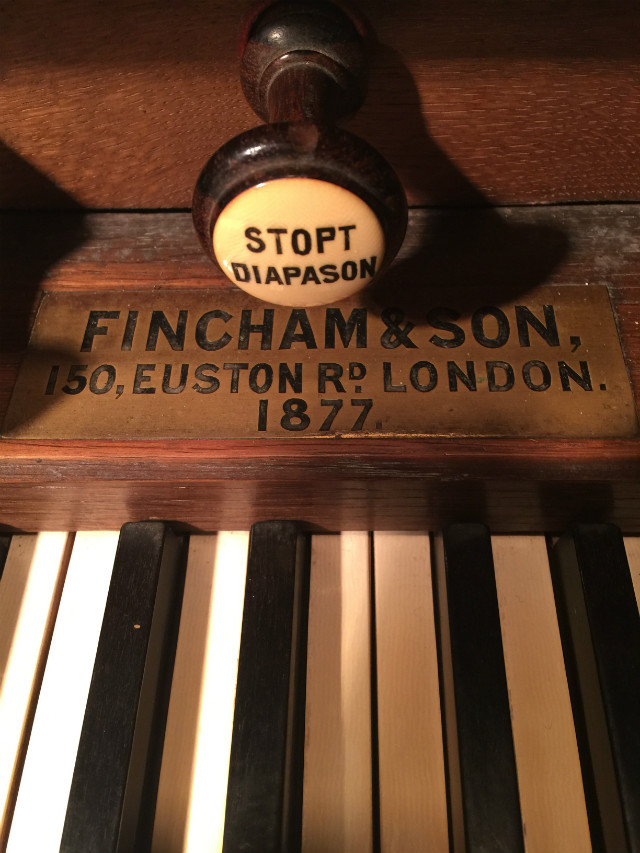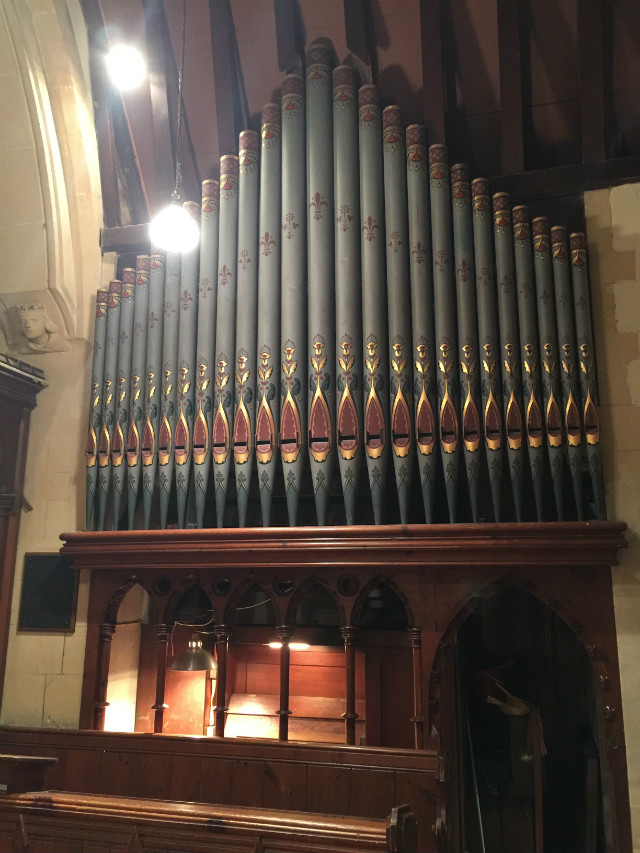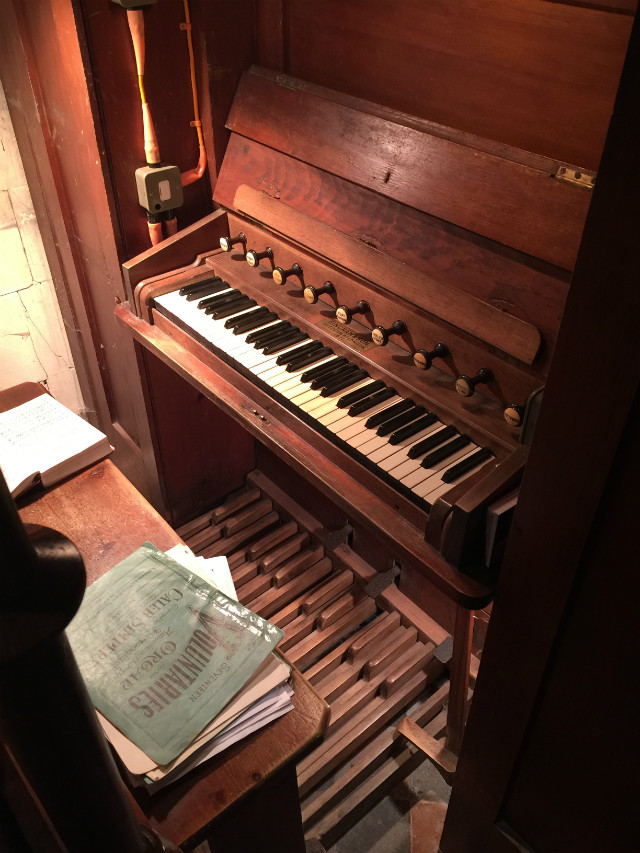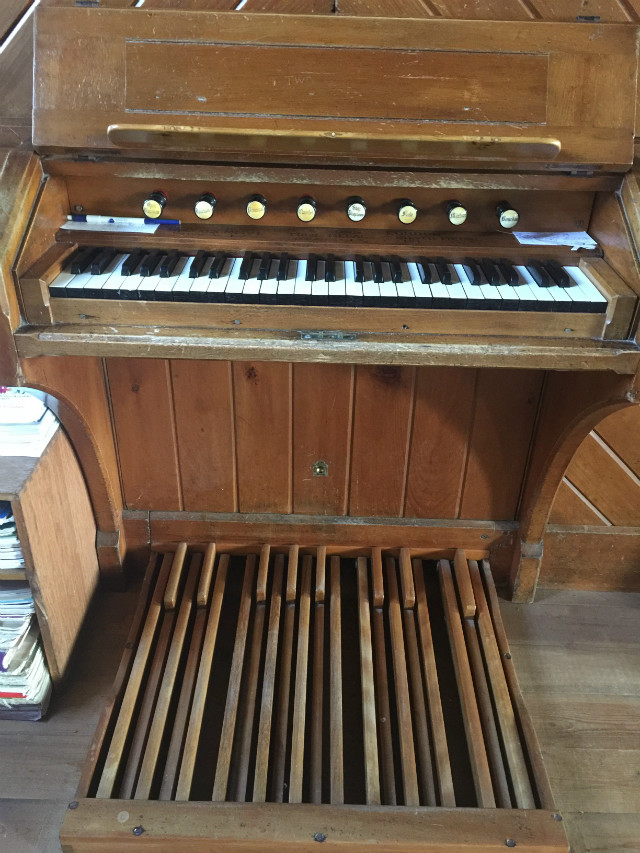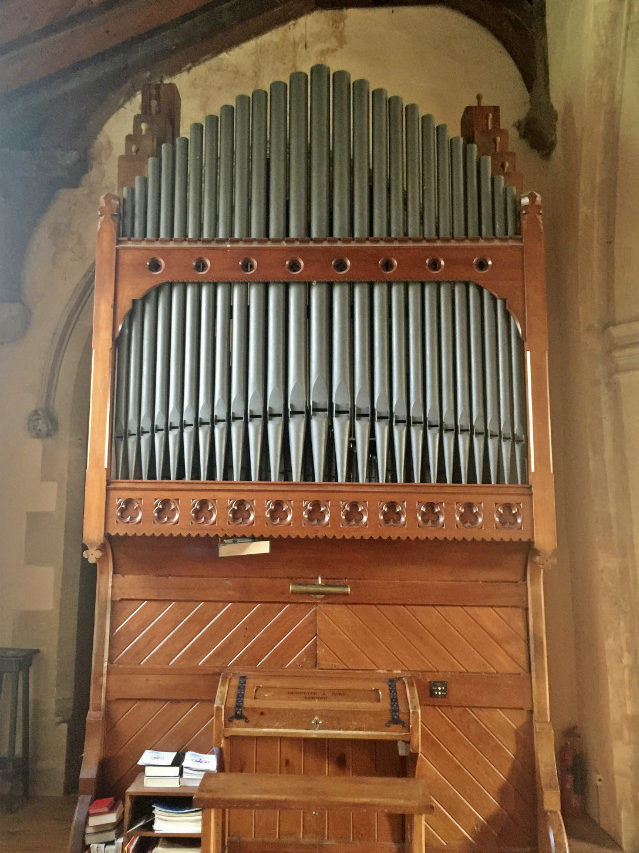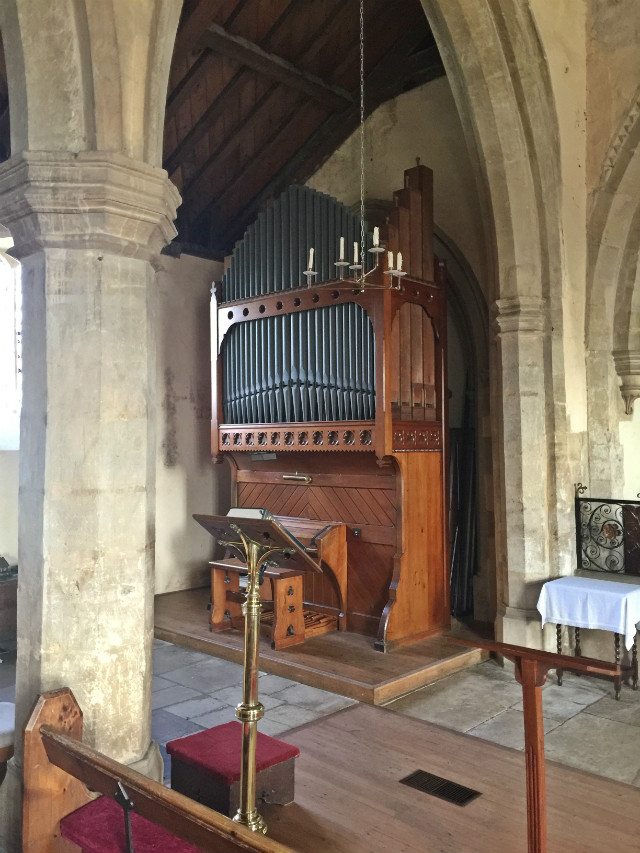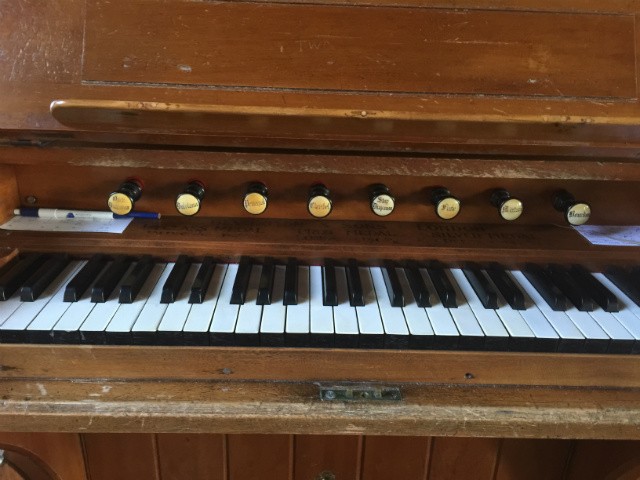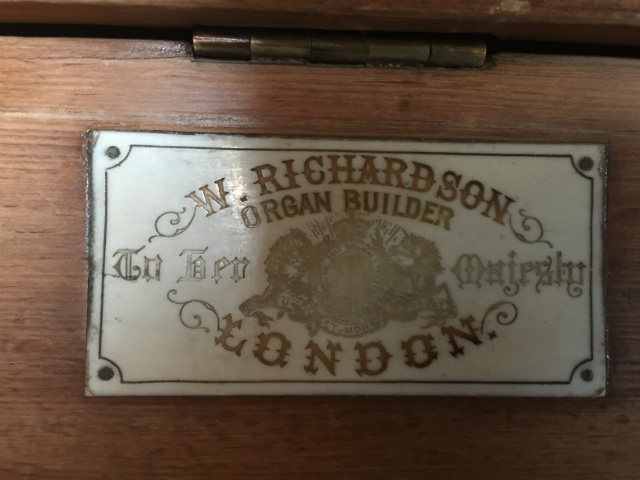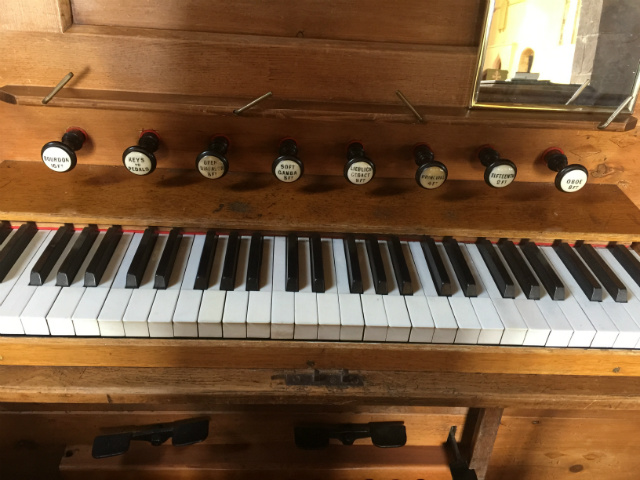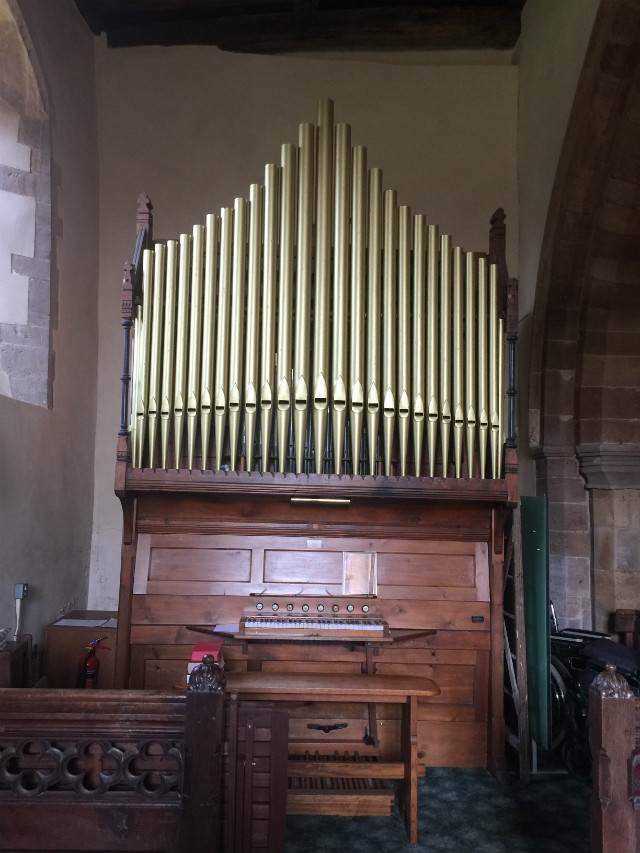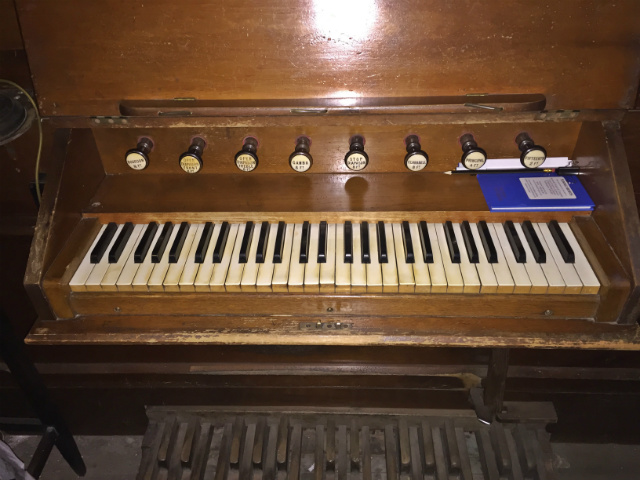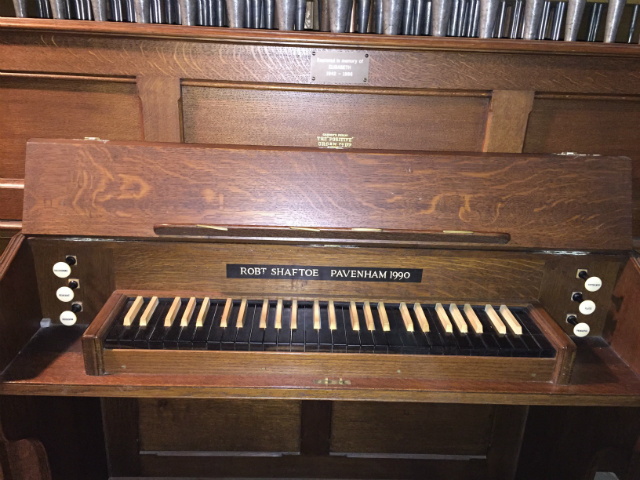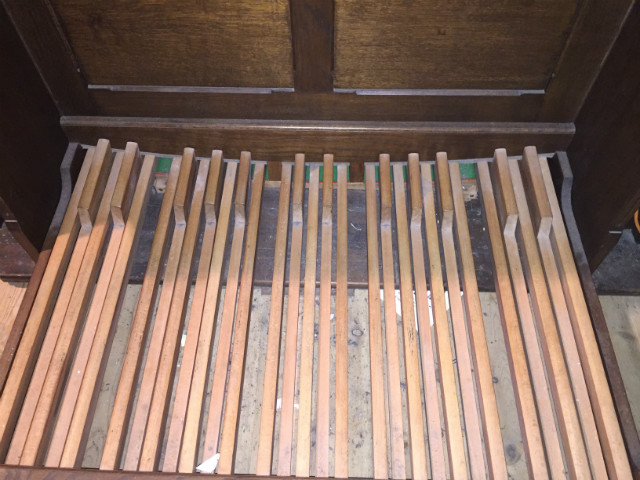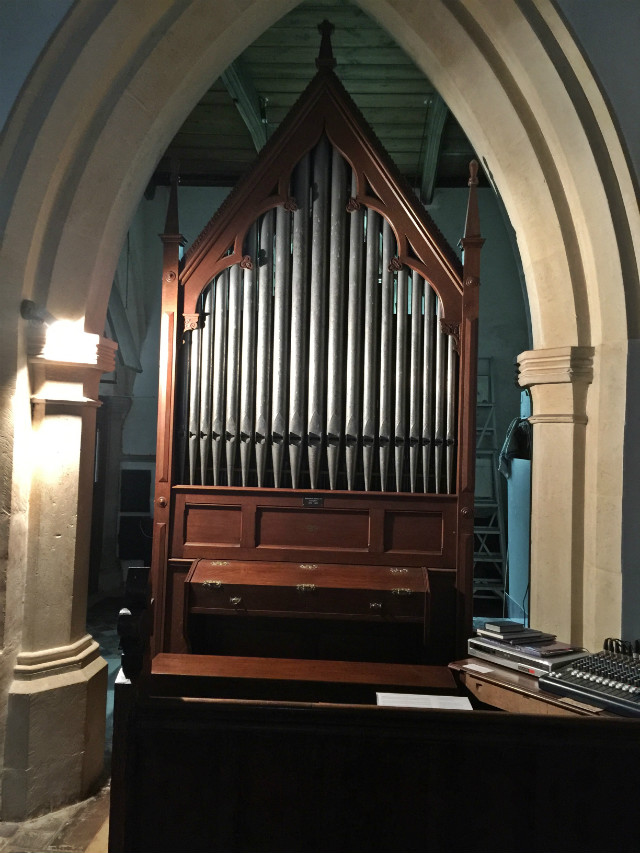The Astwell Benefice located on the extreme southern border of Northamptonshire with Oxfordshire comprises 6 churches in the villages of Helmdon, Syresham, Radstone, Whitfield Whappenham and Weedon Lois. They are typical small village churches that seat between 100 and 200 if absolutely packed with Sunday services attracting between 10 and 50 depending upon the time of day and the weather.
As with so many village churches the musical support depends upon a small group of rather elderly singers and players. Sopranos and Altos as almost everywhere outnumbering the male voices 3 or 4 to one. But this small band of brothers and rather more sisters battles on determined to make a show at all the usual festival times and often at times in-between.
There are a number of keyboard players that turn out to help. Two of us ‘Organists’ and others pianists who stand up to the plate when needed as they often are.
What will this landscape look like 20 years on? No doubt a Karaoke machine if we are lucky! But that is not the subject of this blog. I just wanted to share with you what us rural organists in a relatively affluent part of the country have to play on. Perhaps not too different from the very mixed bag of pipes ( and one set of transistors) found up and down rural England, and perhaps just part of the cause it is hard to get musicians regularly into our country parishes?
Let’s start the tour of the Organs of Astwell Benefice
Whitfield
The organ at Whitfield by Fincham & Sons London was clearly an expensive addition in its day (1877) with attention given to how it looks and where it is positioned, not totally buried as so often in a side aisle but with the main diapason pipes decorated and above the choir stalls speaking well into the small choir space. It is largely intact and would be enjoyable to play were it not for the fact that the sitting space was compromised from the beginning requiring the organist to sit bolt upright and much closer to the keys than is comfortable. So as an instrument you would want to revisit I can only give this 5/10. There is the usual hitch swell on the right hand side which just about an inch of travel takes from closed to fully open. It provides a good change of volume but is very difficult to manage to provide a gradual crescendo as the travel is so small.
Syresham
Syresham church has what I imagine was an instrument turned out be Bevington in relatively large numbers in late Victorian times. The organ has no known date. It is free standing on the North Aisle so speaks well in the church and is also in good condition let down only by one of the most offset pedal boards you are likely to come across. With almost no acoustic to work with and an unforgiving ‘piano keyboard’ rather than an organ keyboard I find it essential to hold on some bass to make up for deficiency in my legato touch and all too often the bass I hold is the wrong note! Happily perhaps in view of the pedal board geometry this organ has no swell box to manage. So once again it is an instrument that you do not want to revisit. So just another 5/10.
Wappenham
Wappenham is another freestanding instrument, this time at the rear south side of the church by Richardson, a little-known builder. Like Syresham it has the feel of a Victorian production line instrument but of lesser quality in build and tone having no mixture to give it a little power to pull the congregation along. The oddity of this instrument is again dimensional. It has a bench which puts the keyboard at a very comfortable height but tip toes are needed to reach the pedals. I have never tried but get the bench height right for the pedals as you will be playing a keyboard uncomfortably high! A hitch swell pedal here does a reasonable job and is easier to manage than the Whitfield instrument. Anyway it does its job OK but again just 5/10 and another organ you are unlikely to want to return to explore.
Helmdon
Helmdon is where I perhaps play most often and has a single manual instrument by London builder Henry Jones from 1870. This is the instrument that has the most issues associated with it. Stuck in the north apse behind the choir stall it has no power in what is the biggest church in the benefice. It also has a hitch swell box but even when open the organ is too quiet so I never use it unless accompanying the choir alone. In rather ropey condition as well and sadly looking as if in past years someone took an abrasive cleaner to the facade pipes. Traces of a once nicely painted set of pipes lingers behind some rather crude repainting. A work horse instrument that never was up to much in a church far bigger than it could hope to support. I play there but with a deep sense of frustration that the instrument was never fit for purpose. Just 2/10 for this one.
Lois Weeden
Lois Weeden, (or depending upon your viewpoint Weedon Lois) has by some unknown miracle a real gem of an instrument. Built by Robert Shaftoe in 1990, or more likely a new organ in an older freestanding case. A lovely crisp action with nice colour, its only drawback being position hidden as it is behind the choir stalls on the north side and so loud at the console that it is impossible to hear the congregation unless it is unusually large.
As I have said in other blogs the position of the instrument is crucial and if this tiny six stop organ were placed in the nave the experience for musician and congregation would be transformed. But even so this still scores 8/10 and is the only instrument I enjoy being asked to play. A major plus here too is the pedal board, it is almost standard and in the right relative position the manuals. There is no swell box but even so it is an instrument to look forward to, at last!
Radstone
Finally, Radstone the oldest and smallest of all the benefice churches has never had a pipe organ all the time I have known it since 1988. For many years, I took a keyboard to play for services but since owning Viscount I have donated one of our trade in organs not good enough to sell but too good for the skip. A very creditable Eminent 2 manual organ is now there playing on 2 external speakers. As the only 2 manual organ in these churches I necessarily enjoy being able to provide a greater variety of music during services.
Quality of organ impacting musicians
What strikes me about this story is just what a poor introduction to the organ anyone playing organ for the very first time will get in all but one (or 2!) of these churches.
We need more musicians on the organ bench who want to come back and enjoy the thrill of playing an instrument to support a group of singers and making a musical contribution. There won’t be many coming from this benefice in future years.
Lets hope we have some incomers who started off on better instruments and will accept with good grace the problems and challenges of the instruments generally available in this selection of our rural parish churches.
I have had a passion for church organs since the tender age of 12. I own and run Viscount Organs with a close attention to the detail that musicians appreciate; and a clear understanding of the benefits of digital technology and keeping to the traditional and emotional elements of organ playing.
